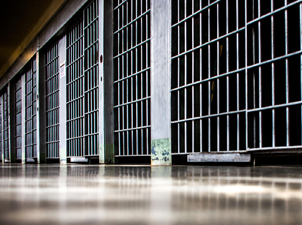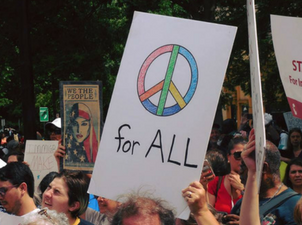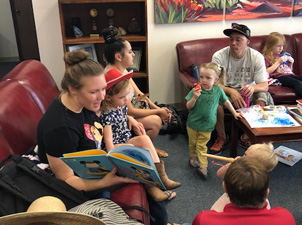
Congress Must Not Weaken Protections for Trafficking Victims
By Sister Simone Campbell
July 28, 2014
Earlier today, I sent the following important letter to Members of Congress calling on them to not weaken the Trafficking Victims Protection Reauthorization Act.
Dear Senator/Representative:
This week, the fate of thousands of young, defenseless children will be in your hands. You have a choice to make: support these vulnerable kids or send them quickly back to face the terrifying violence they fled from.
People of faith are resolved that we have an obligation to care for these child refugees. Please read this letter from more than 300 faith-based organizations, detailing the importance of maintaining legal protections for the unaccompanied children. I also want to make sure you saw this recent article from New York Times showing how united people of faith are in the quest to protect these children.
There is a sacred trust that we share to protect all children from harm. We ask you to uphold this trust as you move forward with your efforts to resolve this humanitarian crisis.
Please support these children by approving a supplemental which does not contain modifications that would weaken the Trafficking Victims Protection Reauthorization Act.
Sincerely,
Sister Simone
Sister Simone Campbell, SSS
NETWORK, A National Catholic Social Justice Lobby
25 E St., NW, Suite 200
Washington, DC 20001
















